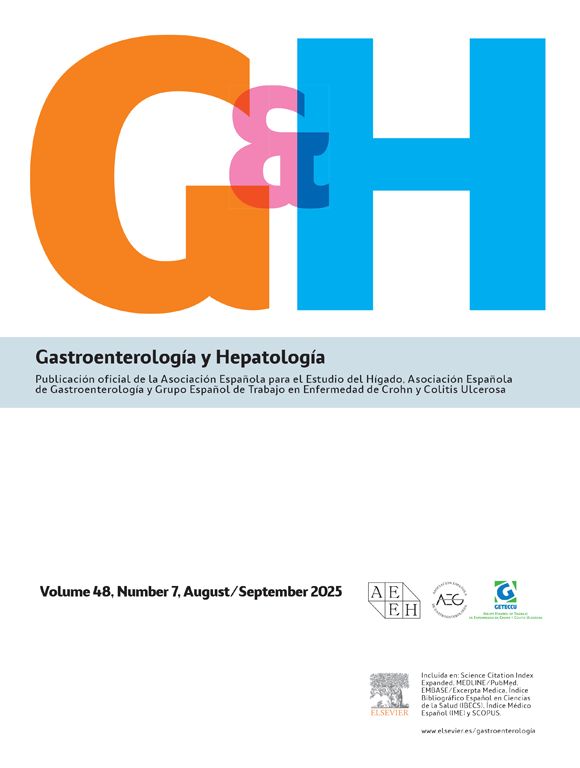La terapia biológica es una adición importante en el arsenal terapeútico de las enfermedades reumáticas. Los fármacos anti-TNF afectan las defensas contra infecciones, ya que el TNF modula inflamación e inmunidad celular. Se han observado casos de tuberculosis en pacientes tratados con anti-TNF, principalmente por la presencia de infección tuberculosa latente o “dormida” (LTB1). Otros microorganismos asociados a infecciones con terapia biológica son patógenos intracelulares que pueden evadir el sistema inmune y condicionar estado de latencia, persistiendo por grandes períodos sin causar daño: Mycobacterium sp., Listeria monocytogenes, Legionella sp., Brucella sp., toxoplasmosis y micosis profundas. El diagnóstico puede requerir elevado índice de sospecha clínica y obtener muestras y/o tejidos para análisis microscópico y cultivos. Los pacientes que desarrollan infecciones al estar en terapia biológica deben ser moniterados estrechamente. La administración de anti-TNF debe descontinuarse si en presencia de infección severa o sepsis. La relación entre inhibición de TNF y riesgo de infección debe esclarecerse mejor, ya que muchas de las infecciones severas se han observado en pacientes con terapia inmunosuporesora concomitante, que adicionado a enfermedades reumatológicas agresivas puede predisponer a infecciones, y la mayoría de los reportes publicados tienen un bajo nivel de evidencia. Sin embargo, un diagnóstico temprano y tratamiento oportuno es necesario para prevenir mortalidad secundaria a infecciones.
Biologic therapy is an important therapeutic arsenal in rheumatic diseases. Anti-TNF therapies affect host defenses against infections, since TNF mediates inflammation and modulates cellular immune responses. Cases of tuberculosis have been observed in patients treated with TNF antagonists, mainly due to the presence of latent or “dormant” tuberculosis infection (LTB1). Other microorganisms responsible for the infectious complications associated with biologic therapy are generally intracellular pathogens or pathogens that commonly exist in a chronic latent state: Mycobacterium sp., Listeria monocytogenes, Legionella sp., Brucella sp., toxoplasmosis and deep mycoses, that are normally held in control by cell-mediated immunity. Diagnosis may require a high index of suspicion and prompt acquisition of appropriate tissue samples for microscopic examination and microbiologic culture. Patients who develop a new infection while undergoing treatment with biologic therapy should be monitored closely. Administration of anti-TNF should be discontinued if a patient develops a serious infection or sepsis. The relationship between TNF-inhibition and infection risk remains unclear, many of the serious infections have occurred in patients on concomitant immunosuppressive therapy that, in addition to severe rheumatic diseases, could predispose them to infections, and most reports present low level of evidence. Nevertheless, prompt diagnosis and empiric therapy infections is necessary to prevent mortality.





